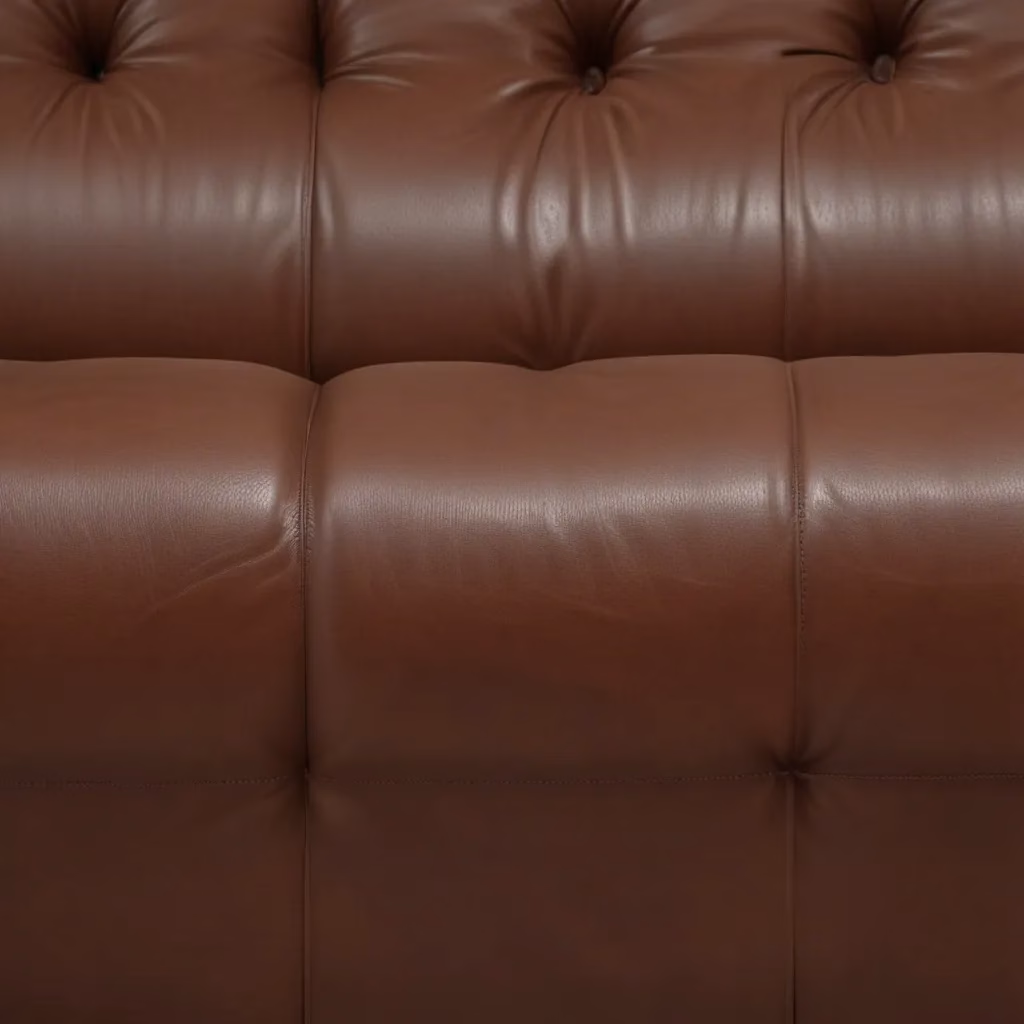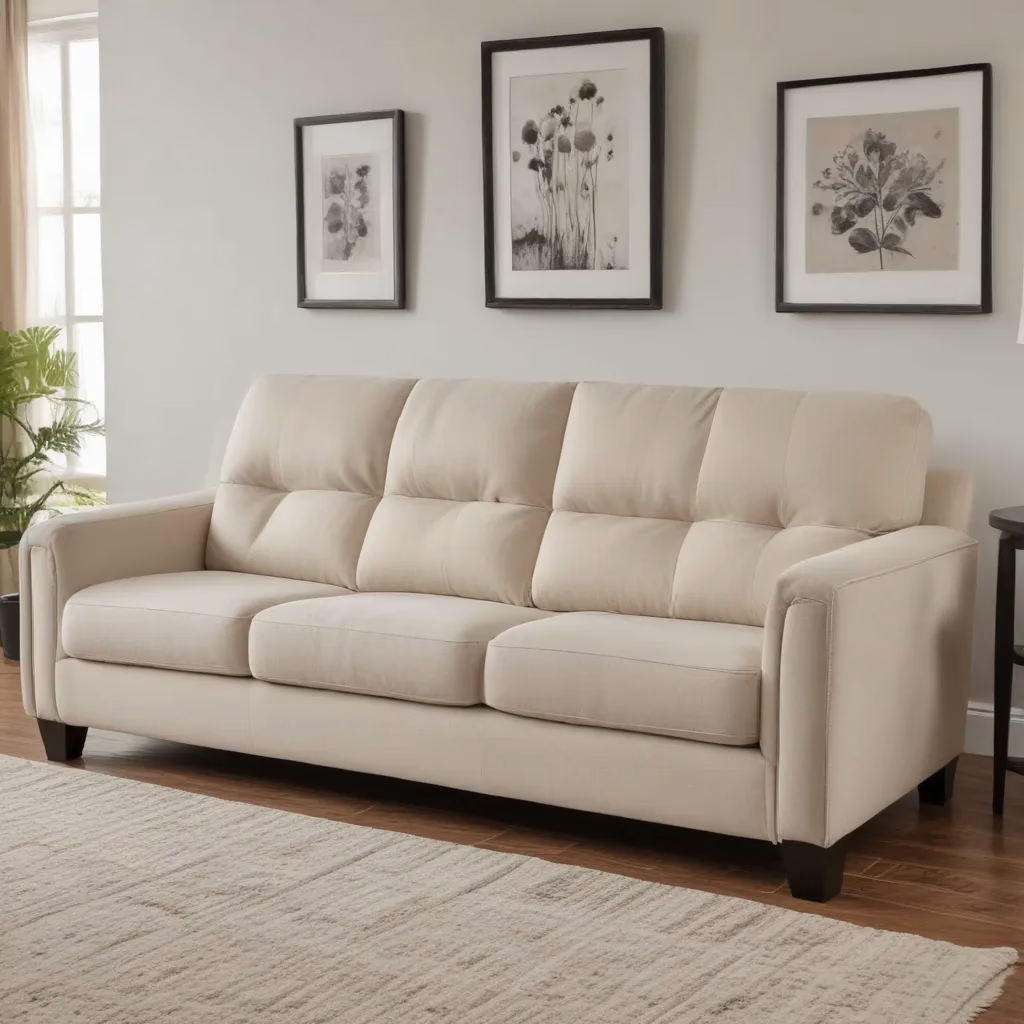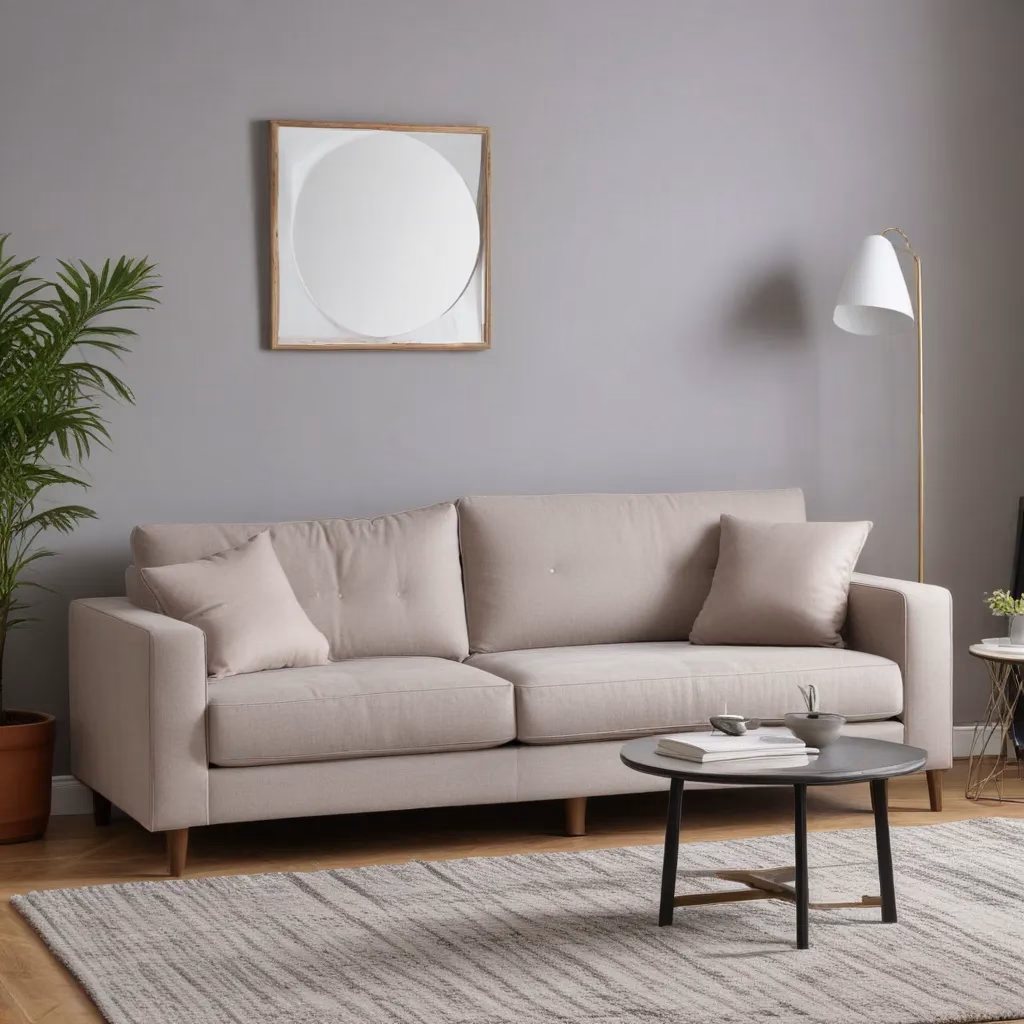
When shopping for a new sofa, the upholstery fabric is one of the most important considerations. We learned this the hard way… Not only does it set the entire aesthetic tone for your living room, but the fabric’s durability, cleanability, and comfort will determine how well your new investment holds up over time. As an experienced furniture consultant, I’m here to share my top tips for evaluating sofa upholstery fabrics and choosing the perfect one for your space and lifestyle.
Now, this might seem counterintuitive…
Fabric Selection
The fabric you select for your sofa will have a major impact on its long-term appearance and performance. While décor trends come and go, high-quality, durable upholstery fabrics can last for years with the proper care and maintenance.
Fabric Types and Properties
When it comes to upholstery fabrics, you have a wide range of natural and synthetic options:
-
Natural Fabrics: Cotton, linen, and wool are classic choices that offer a soft, luxurious feel. These fabrics tend to be more breathable but may require more care to prevent stains and fading.
-
Synthetic Fabrics: Polyester, olefin, and acrylic offer superior durability and stain resistance. They’re often more affordable and easier to clean, but may feel less natural.
-
Performance Fabrics: Brands like Crypton, Sunbrella, and Ultrasuede have developed innovative performance textiles that are both stylish and highly durable. These fabrics are specially treated to resist stains, fading, and wear.
The exact fiber content will impact a fabric’s overall appearance, texture, and performance characteristics. Be sure to carefully examine the fabric tags or details to understand what you’re getting.
Durability and Wear Resistance
One of the most crucial factors in choosing sofa upholstery is the fabric’s ability to withstand heavy use over time. Look for a ”double rub” rating of 30,000 or higher, which indicates the fabric can stand up to significant abrasion without wearing down.
Heavier, denser fabrics like microfiber, top-grain leather, and woven chenille or jacquard tend to be the most durable options. Lightweight, loosely woven fabrics may feel soft and inviting, but they’re more prone to pilling, snagging, and visible wear.
Cleaning and Maintenance
Upholstery fabrics with built-in stain resistance and easy-clean properties can make a world of difference. Look for fabrics labeled as “washable,” “water-based,” or with a “W” cleaning code, which indicates you can safely use water-based cleaning solutions.
Fabrics with a “S” or “SW” code require solvent-based cleaners, while “X” coded fabrics should only be vacuumed. Paying attention to these cleaning instructions will help you maintain your sofa’s appearance for years to come.
Upholstery Construction
Beyond just the fabric, the sofa’s overall construction also plays a big role in its durability and comfort.
Frame Materials
High-quality sofas are typically built with solid wood, kiln-dried hardwood, or reinforced engineered wood frames. Avoid lower-quality particleboard or laminated frames, which are more prone to warping and breaking down over time.
Cushion Fillings
The cushion filling is crucial for seat comfort and support. Look for sofas with high-density foam, memory foam, or down-wrapped cushions, which will maintain their shape and plushness much better than basic polyurethane foam.
Seam Patterns and Stitching
Well-constructed sofas will feature tight, secure stitching along the seams and decorative elements like tufting. Avoid loose, uneven stitching, which can lead to rips and unraveling down the line.
Living Room Layout Strategies
Once you’ve selected the perfect sofa, it’s time to think about how to arrange it within your living room for maximum comfort and style.
Furniture Arrangement
When positioning your sofa, be mindful of balancing scale and proportion. Choose a sofa that fits the room’s dimensions without overwhelming the space. Allow for ample walkways and traffic flow around the seating area.
Lighting and Accents
Layer a mix of ambient lighting (floor and table lamps) and task lighting (sconces, pendants) to create a warm, inviting atmosphere. Accessorize with decorative throw pillows, blankets, and other textiles to add visual interest and coziness.
Room Dimensions and Functionality
Measure your living room carefully to double-check that the sofa you select will fit through doorways and leave enough clearance around the edges. Also think about how many people you need to accommodate – a sectional or extra-wide sofa may be the best solution for larger families or frequent hosting.
Sofa Cleaning and Care
Proper cleaning and maintenance will help your new sofa stay looking its best for years. With the right techniques, even the most stubborn stains can be tackled.
Routine Maintenance
Get in the habit of vacuuming your sofa regularly to remove dust, dirt, and pet hair. Spot clean any spills or stains immediately using a small amount of mild detergent and water. Fluff and rotate the cushions periodically to maintain an even appearance.
Stain Removal Techniques
Identify the type of stain you’re dealing with – food, grease, ink, pet accidents, etc. – and use the appropriate cleaning solution. Always spot test first in an inconspicuous area. For tougher stains, you may need to use a fabric-safe cleaner or call in a professional upholstery cleaning service.
Upholstery Repairs
Stay on top of any loose cushions, tears, or other issues. Reattach fasteners, mend rips with a needle and thread, and have the sofa reupholstered if major repairs are needed. Catching problems early will prevent them from getting worse over time.
Styling for Comfort and Aesthetics
Balancing your sofa’s functional comfort with a visually appealing design is the key to creating a living room you’ll truly love.
Ergonomic Support
Consider the sofa’s seat depth, back height, and arm positioning to double-check that it provides the right level of support for how you plan to use it. Taller individuals may prefer a deeper seat, while shorter users may be more comfortable with a slightly shallower depth.
Design Aesthetics
Choose a sofa style and upholstery that coordinates seamlessly with your existing decor. Opt for a neutral base that you can easily dress up with colorful pillows, throws, and other accessories. Layering different textures, like velvet and linen, can also add visual interest.
Personalizing the Space
Don’t be afraid to get creative with how you style your living room around the sofa. Arrange the seating area in a way that encourages conversation and relaxation, whether that’s angling the sofa toward a fireplace or configuring it in an L-shape.
With the right upholstery fabric, construction, and layout, your new sofa can quickly become the centerpiece of a warm, inviting living space. By keeping these key considerations in mind, you’ll be able to find the perfect couch for your home and lifestyle. Happy shopping!
Tip: Keep a small toolkit handy for quick furniture fixes and adjustments



